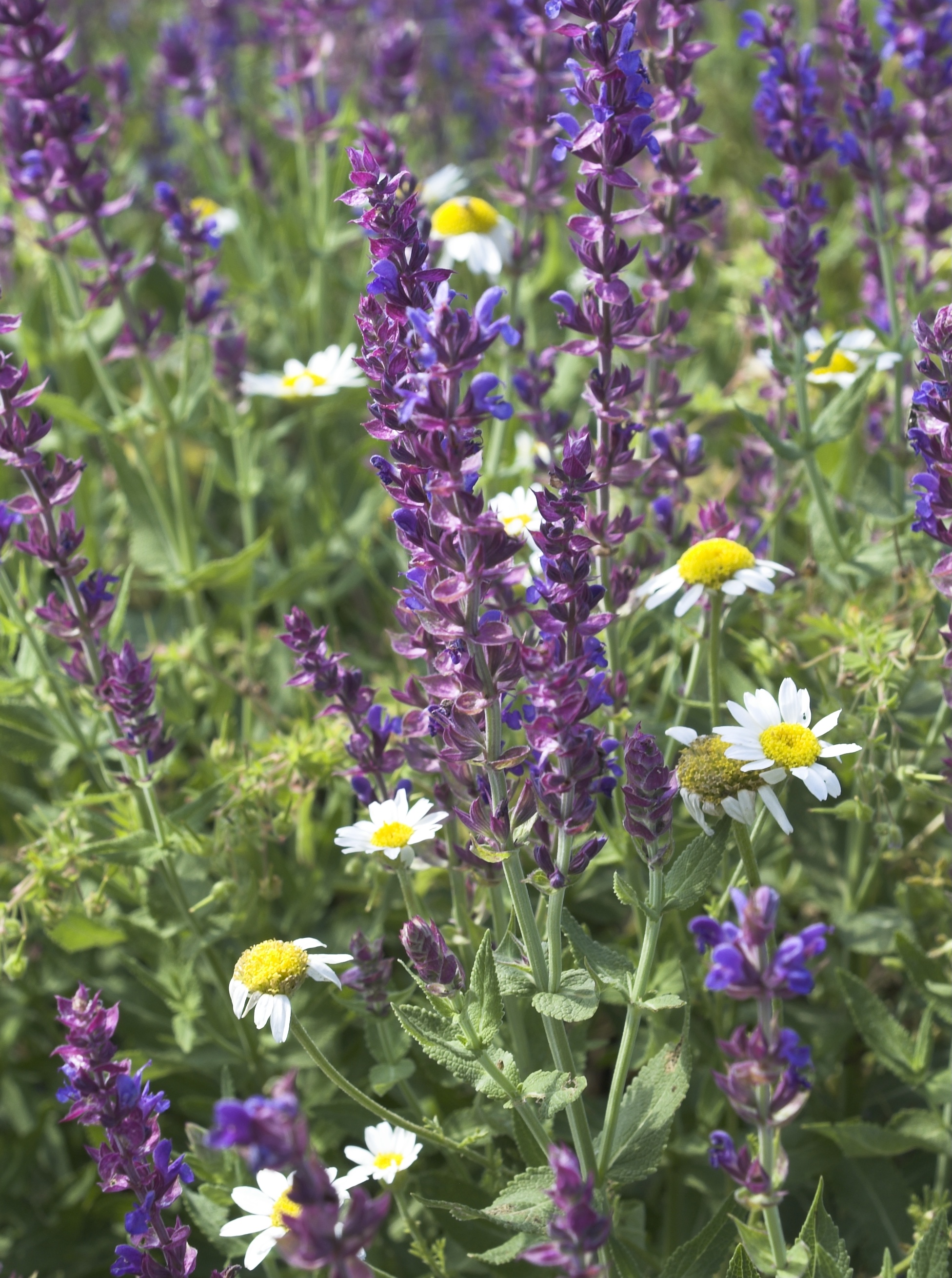For the third year now, the flower meadow on the property of the former Gasthof Lasser has delighted many Liezen residents and is now known far beyond the city limits and is an extremely popular photo opportunity.
This year, those responsible at SG ENNSTAL and the specialists from HBLFA Raumberg-Gumpenstein realized a new project: a flower meadow with regional wild plants was created in the northern part of the former Dumbapark area (Döllacher Straße/Ausseer Straße). In addition to the ecological benefit - the creation of new habitat for flower-pollinating insects (bees, etc.) - a conscious signal should also be sent against the - well-known in many places - unattractiveness of fallow and unkempt properties.
Decline in diversity, loss of biodiversity
The variety of colorful, species-rich grassland stands and field flowers also reflects the diversity of our cultural landscape as it has developed over the centuries. Since the middle of the 20th century, the proportion of ecologically valuable, flower-rich extensive grassland has been continuously declining. The extreme decline in this diversity increasingly poses existential problems for bees, wild bees and other flower-pollinating insects. There are now a variety of ways to reintegrate such valuable habitats into our cultural landscape.
“Many native flower-pollinating insects require native species as a food source and cannot find food when using exotic flowering mixtures!”
Giving wildflowers back to the landscape
Wildflower mixtures can be used in a wide variety of areas, for example for the greening of temporary fallow areas - especially in urban areas, road embankments, retention areas, flood protection dams, infiltration areas, expansion areas of commercial businesses, for parks and lawns, traffic islands, gravel lawns, green roofs or home gardens are used. And these are just a few of the many possibilities for re-establishing richly flowering, extensive grassland that is valuable in terms of nature conservation.
Regional and certified wild plants?
From an ecological point of view, it is ideal to use seeds composed of species that have their original home in the same region. Such mixtures contain wild plant species from extensive grassland that come from the same natural spatial unit, i.e. from the same region (e.g. Alpine foothills, Alpine region) in which the flowering area is later created. This not only preserves the
species, but also its regional genetic expression, which can vary greatly between different natural areas.
As a buyer of such seed mixtures, you also want a guarantee that the content meets these criteria. There are now two certification systems in Austria, the Gumpensteiner Certificate of Origin (G-Zert) and REWISA, which are controlled by an independent body and guarantee compliance with the necessary ecological standards.
Seed production of regional wild plants
In order to make regional, certified seed mixtures available on the market, agricultural propagation of these many species is necessary. In Austria, some committed farmers have spent years developing the production technology for seed propagation of these species in collaboration with the HBLFA -Gumpenstein. Gumpenstein is responsible for the collection, initial propagation and certification of the now 158 species. These are produced by the propagators on an area of currently 104 hectares in cooperation with a dedicated marketing organization (Kärntner Saatbau) and marketed as certified, regional wild plant seeds in special mixtures.
The main objective of greening with regional wild plant seeds is to preserve the genetic diversity of wild species of extensive grassland within their natural distribution areas and thus to create a (super) livelihood for flower-pollinating insects.
About the ENNSTAL housing group
Affordability, living comfort and energy efficiency – the ENNSTAL housing group has been combining these three parameters for 70 years. This makes it a reliable and long-term partner for all housing issues in Styria, Carinthia and Upper Austria. The in-house energy department also underlines the great importance of energy-efficient construction.
Buildings and apartments are built and managed for all areas of life - from kindergartens to schools and student apartments, municipal buildings and apartment buildings to sports and leisure facilities and assisted living facilities for seniors. Private individuals rely on the ENNSTAL housing group's many years of experience and expertise, as do municipalities and businesses. An architecture tailored to needs and target groups according to modern standards is a given in all projects.
About the HBLFA Raumberg-Gumpenstein
The Higher Federal Teaching and Research Institute ( HBLFA ) Raumberg-Gumpenstein is the leading company in agricultural research and teaching. Sustainable management is taught in the agricultural, food, energy and environmental sectors. The Institute for Plant Production and Cultural Landscape deals with production-related aspects of the management of the mountain area, with particular attention to the effects on the environment and the cultural landscape.
Press contact:
SG ENNSTAL
Mag. Christoph Kalsberger
Settlement Street 2, 8940 Liezen
+43 664/60273485
www.wohnbaugruppe.at







